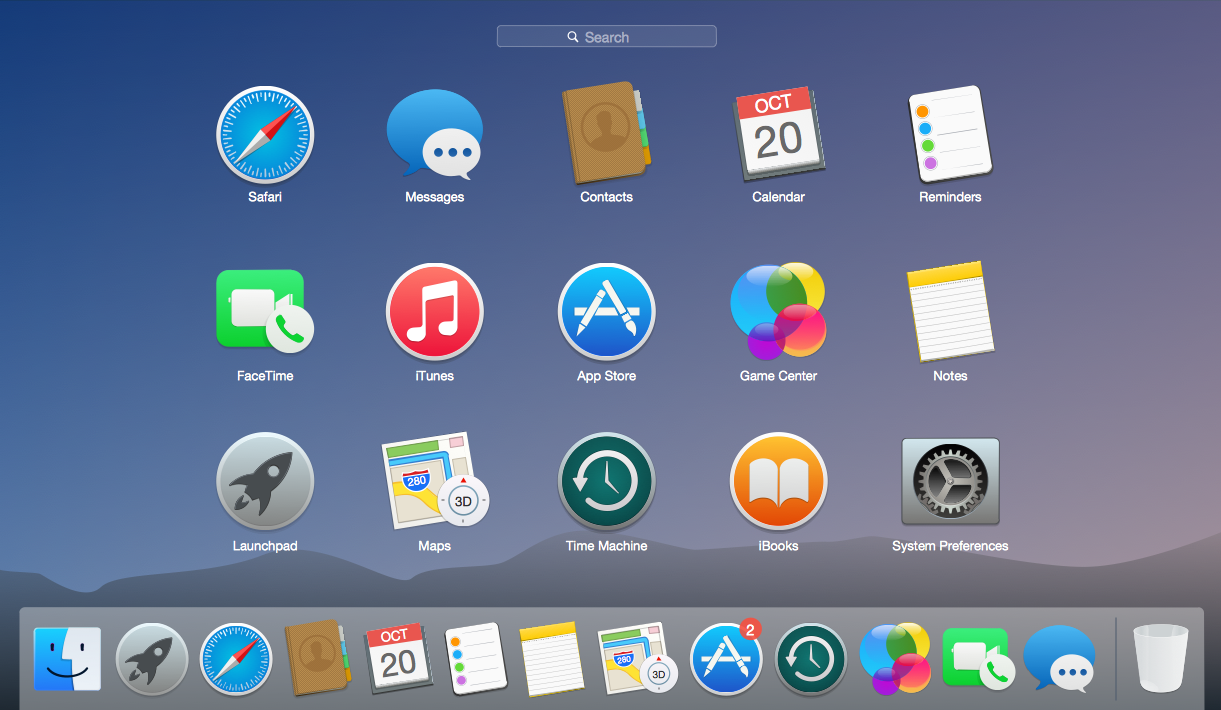Sep 1, 2009 - Installing Mac OS X 10.4.x Tiger on a Mac without a DVD player. Mac with a DVD player, is to use FireWire target disk mode to install Mac OS.
I've had Mac OS X Lion installed on a mid-2011 iMac. I've erased the main partition and when I try to repair OS installation it connects to the Internet and says that it can't continue and I should contact Apple Support. I don't have original CD which should've come with an iMac. How can I install at least some version of OS X?
Mac Os X Installer Download
Update: I've downloaded what looks like an installation app for Mac OS X Lion with a 4.6Gb InstallESD.dmg file but can't open it on Windows. I've tried PowerISO and MagicISO to no effect. Is it possible to create Mac OS installation media on Windows?
This is the retail DVD version of Mac OS X 10.4 Tiger for Macs using the PowerPC architecture. Mac_OS_X_tiger.iso (2701.06 MiB / 2832.27 MB) Mac. How to Install Mac OS X Tiger 10.4. -Mac OS X 10.4 PPC Software (torrent download. It was time to take my new Mac OS X 10.4 PPC Install Disc and.
1 Answer
If you don't have access to another computer:
Try and get Internet Recovery to work. Apple has details on this here: About OS X Recovery – basically, given high speed internet access and enough time, the recovery partition installed with Mac OS X Lion or OS X Mountain Lion should enable you to download the installer. You can then reinstall the system. Given your vague error description it's hard to diagnose the problem here, but this is the usual way to go.
Apple used to sell USB keys with a Mac OS X Lion installer on it for around $60. They don't appear to do this anymore but maybe you can find one.
If you have access to another Mac:
Mac Os Install Disc Download
Download the OS X Lion installer from another Mac's App Store using your Apple ID. Once you downloaded the installer you can create a bootable flash drive using
/Applications/Install OS X Lion.app. Ars Technica has an in-depth guide on how to do that: How to create a bootable, backup Mountain Lion install diskNot feeling like hacking? Let Lion DiskMaker do the job for you:
Lion Disk Maker is an application […] that you can use […] to burn a DVD or build a bootable drive from Mac OS X Lion or OS X Mountain Lion Installation program.
It requires you to download the installer through the App Store just like above, but creating the USB drive is now way easier.
If you don't have access to a Mac with App Store installed, you need to find your installer elsewhere. The internet is full of … 'places' where you can find installer images for OS X versions. I'll leave it up to you to find them. These installers contain a
.dmgdisk image, which you can restore to a USB key the same way as explained in the Ars Technica article above.Basically, you'll need to open Disk Utility, then select your 8 GB USB key, partition it fully with Mac OS Extended (Journaled).
Then from the Restore tab, restore your
.dmgto the newly created partition:You can now use your USB key like an installation disc.
For older versions of OS X (10.5, 10.6), you will also have to find an installation medium since there's no way to get them from the App Store, but the rest of the process is the same.
If you only have access to a Windows PC:
You will need the OS X install disk image (see above for various methods on how to obtain one), then use the 15-day free trial of TransMac to copy the disk image to your USB drive. Be aware that other Windows tools might not be able to read the Apple-native DMG files.
The right-side panel of TransMac allows you to right click your USB drive, the format the disk with the disk image. Point it to your
.dmgfile and click Open.MacDrive, which offers a 5-day trial, probably does the same, but I haven't been able to verify this yet.
